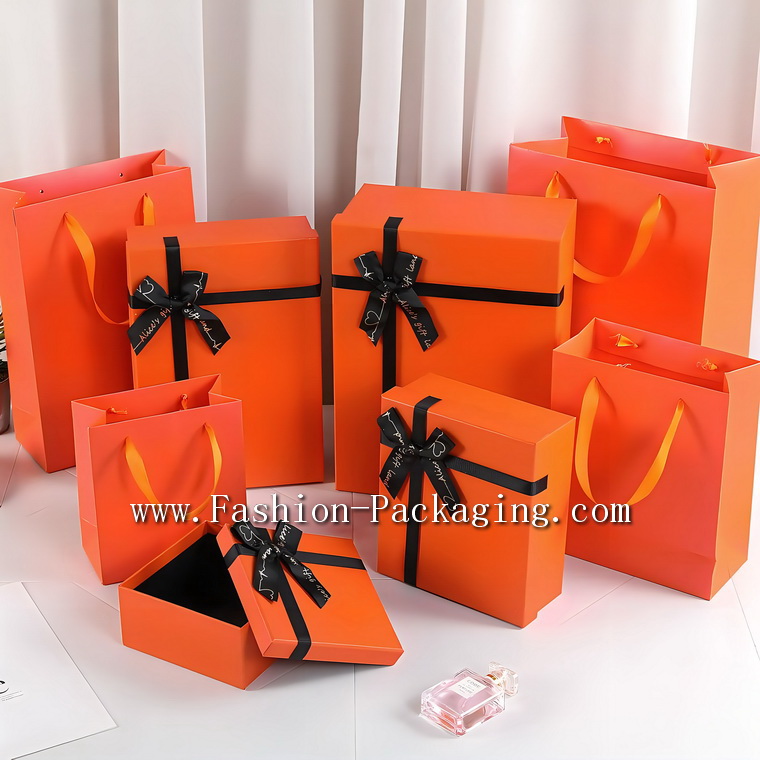
Clothing packaging is an often overlooked, yet crucial aspect of the fashion industry. Not only does it serve the practical purpose of protecting clothing from damage during transportation and storage, but it also plays a key role in branding, marketing, and customer experience. With a vast array of clothing packaging options available, it's essential to choose the right type and style to complement your brand image and meet the unique needs of your clothing products.
Types of Clothing Packaging
When it comes to clothing packaging, there's a wide range of materials, size, and shapes to choose from. Here are some common types of clothing packaging:
Soft Clothing Packaging: Made primarily from paper and plastic films, soft packaging is lightweight, cost-effective, and easy to customize. It's typically used for basic protection and short-term storage of clothing items. Soft packaging options include polybags, paper wrappers, and acetate bags.
Box Clothing Packaging: Box packaging provides more structure and stability than soft packaging. It's typically made from corrugated cardboard and can be designed to hold specific items or multiple sizes of clothing. Box packaging is commonly used for mid- to high-end clothing products and can provide excellent protection during shipping and storage.
Hanging Garment Packaging: This type of packaging allows clothes to hang for better display and easier access. It's typically used for hanging clothes that are on display or sold together, such as suits or dresses. Hanging garment packaging comes in a variety of styles, including hangtags, hanging folders, and hangers.
Three-Dimensional Garment Packaging: Three-dimensional packaging provides the ultimate protection for clothing items by actual size and shape of the garment. These packages are typically made from rigid materials such as plastic or cardboard and can be used for high-end or expensive clothing items. Three-dimensional garment packaging allows customers to see the actual size and shape of the garment and helps to enhance its attractiveness on shelves.
Packaging Design Considerations
When choosing clothing packaging, it's important to consider the following factors:
Branding: Ensure your packaging design aligns with your brand image and identity. The color, style, and graphics should reflect your brand's values and help to differentiate your products from competitors'. Your packaging should complement your brand's visual identity and create a consistent look across all marketing channels.
Functionality: Choose packaging that is practical and functional, protecting your clothing products from damage during transportation and storage. Ensure the packaging is easy to open and close, as well as being moisture-resistant and sturdy enough to withstand rough handling during shipping.
Customization: Personalize your packaging to enhance its Attracting ,helping your products stand out on shelves. Customize the packaging with your company logo, brand colors, or unique graphics to create a unique look and feel that resonates with your target customers. Customization allows you to create unique designs that complement your brand identity while enhancing the overall visual appeal of your products.
Sustainability: With the increasing focus on sustainability, choose packaging materials that are environmentally friendly and recyclable.Paper packaging is a good example as it is often Forest Stewardship Council (FSC)-certified and can be recycled after use., Ensure your packaging materials are sourced from sustainable sources and can be recycled or reused after use to minimize environmental impact.
Clothing Packaging Trends
The clothing packaging industry is constantly evolving, with new trends and innovations popping up every year. Here are some current trends in clothing packaging:
Eco-Friendly Packaging: With the increasing focus on sustainability, more brands are opting for eco-friendly packaging materials such as biodegradable plastic or recycled paper. Eco-friendly packaging helps to minimize environmental impact and aligns with consumer preferences for sustainable products.
Personalization and Customization: Consumers today seek unique and personalized experiences, which has led to an increase in personalized and custom-designed packaging. Brands are using custom packaging to create a unique brand image and connect with their customers on a deeper level. Personalization allows customers to feel a sense of ownership and attachment to the product, which can drive brand loyalty and sales.
Innovative Designs: Packaging designs are becoming more innovative, with brands exploring new shapes, textures, and colors to catch consumers attention. Packaging can now double as a display unit or even a gift box, further enhancing the shopping experience. Innovative designs help brands differentiate themselves from the competition and create a unique visual impact on shelves.
RFID Technology: RFID technology is being integrated into clothing packaging to provide enhanced tracking and inventory management for brands. RFID tags can be attached.
